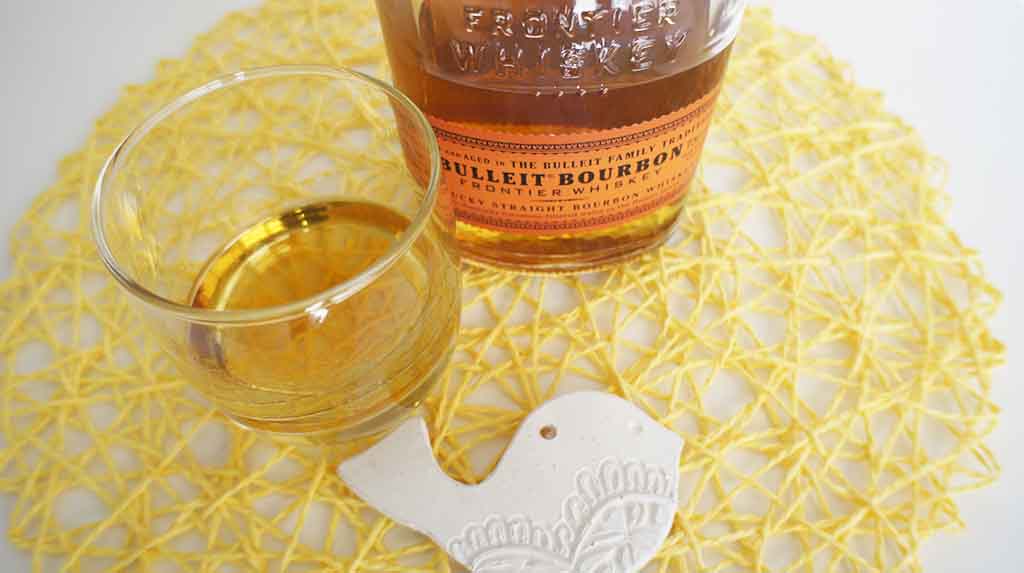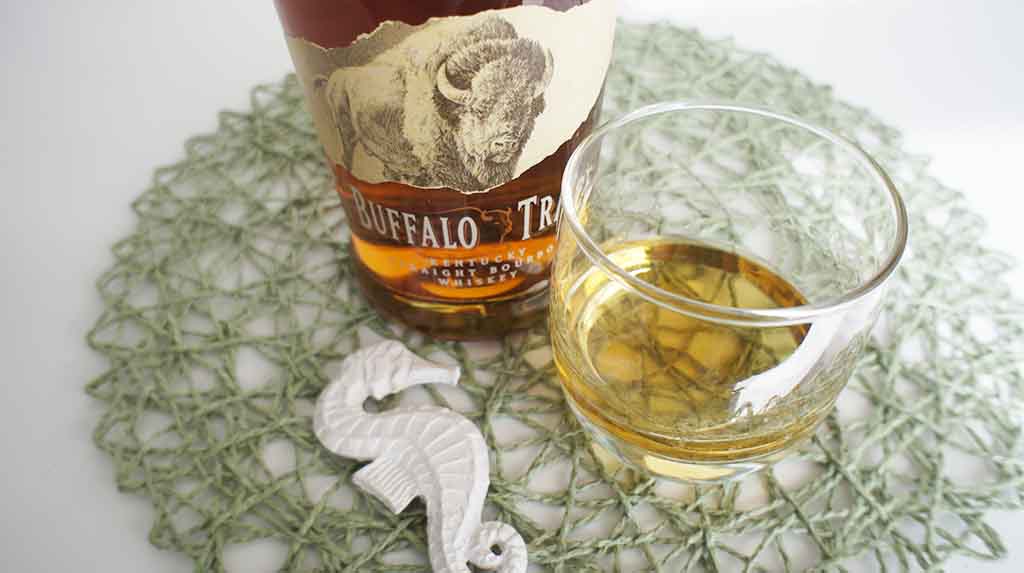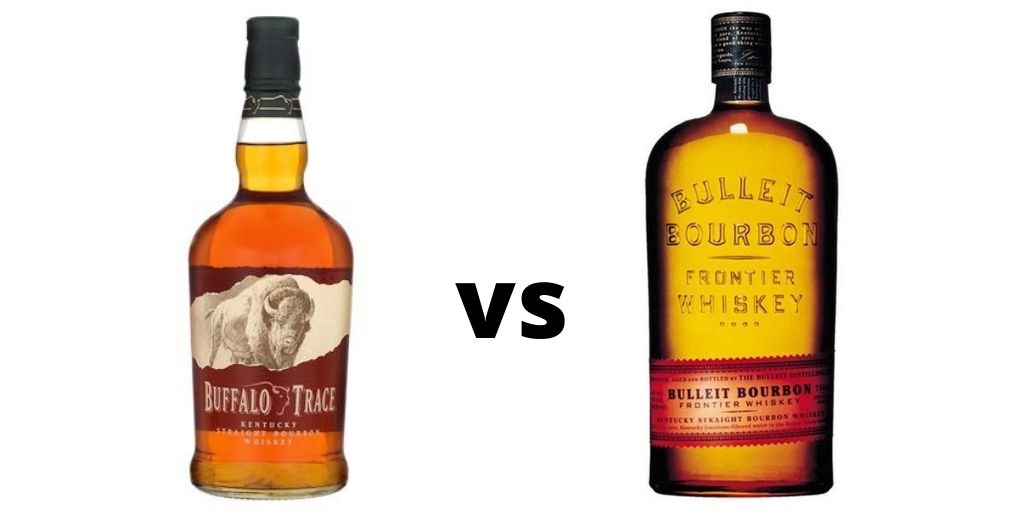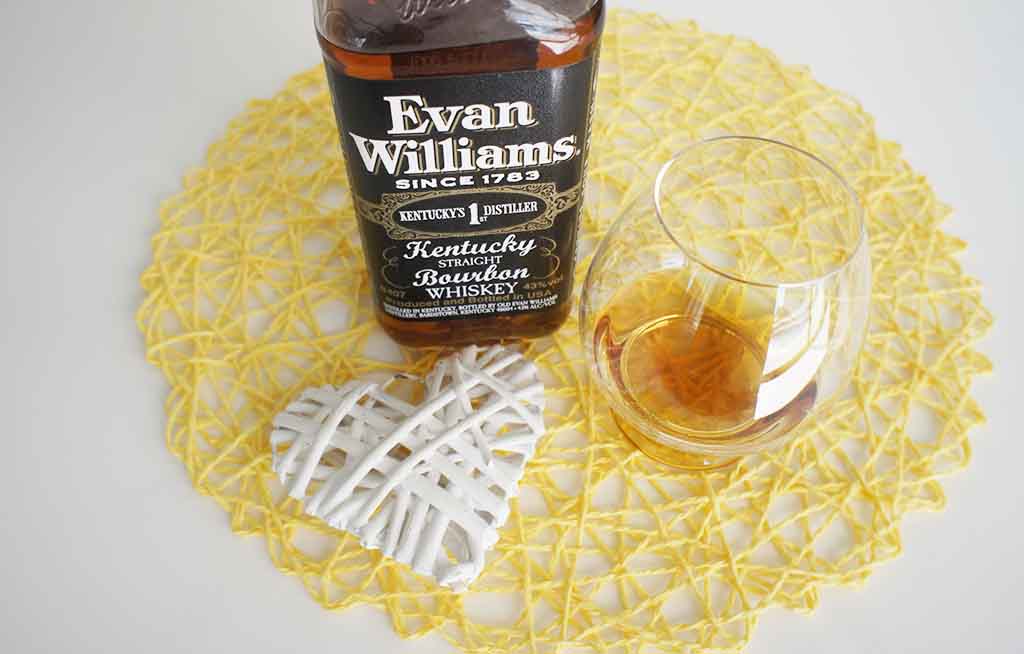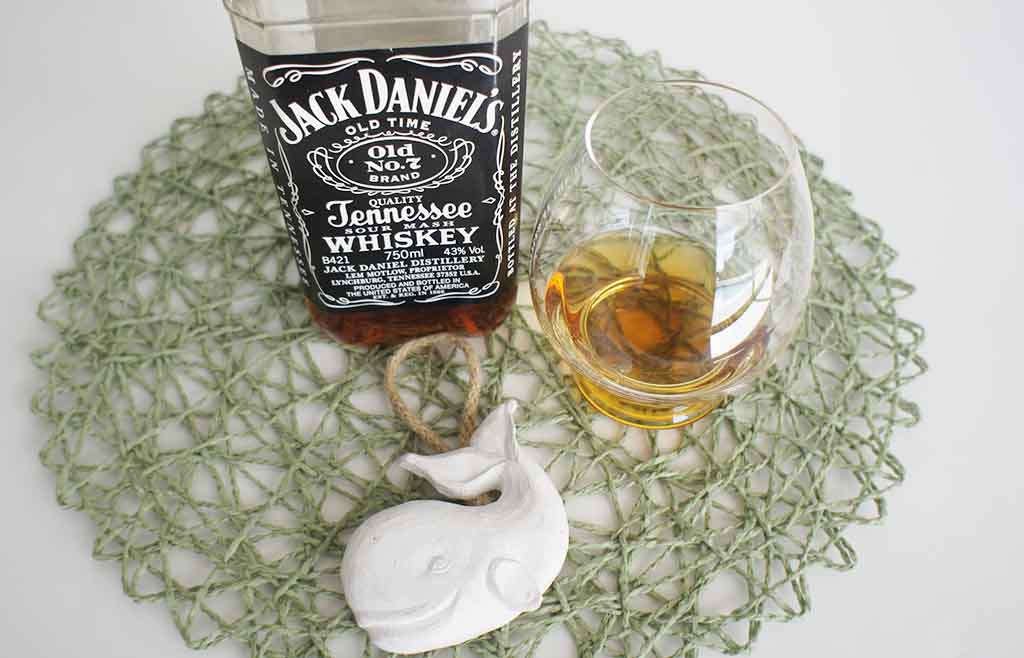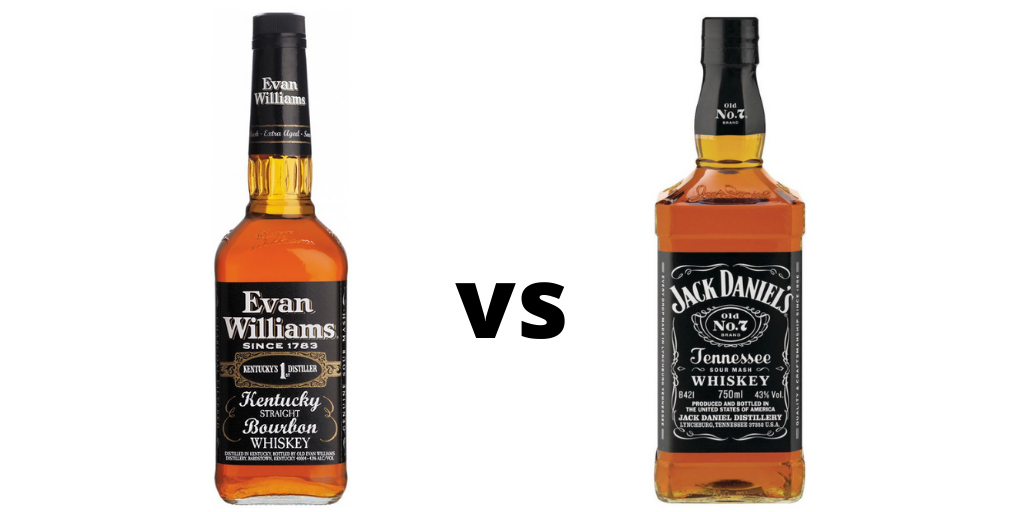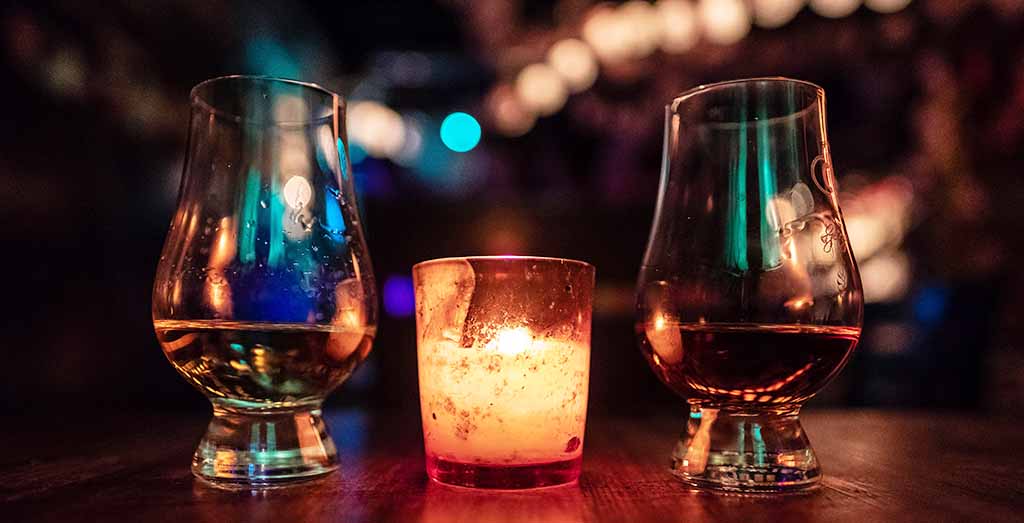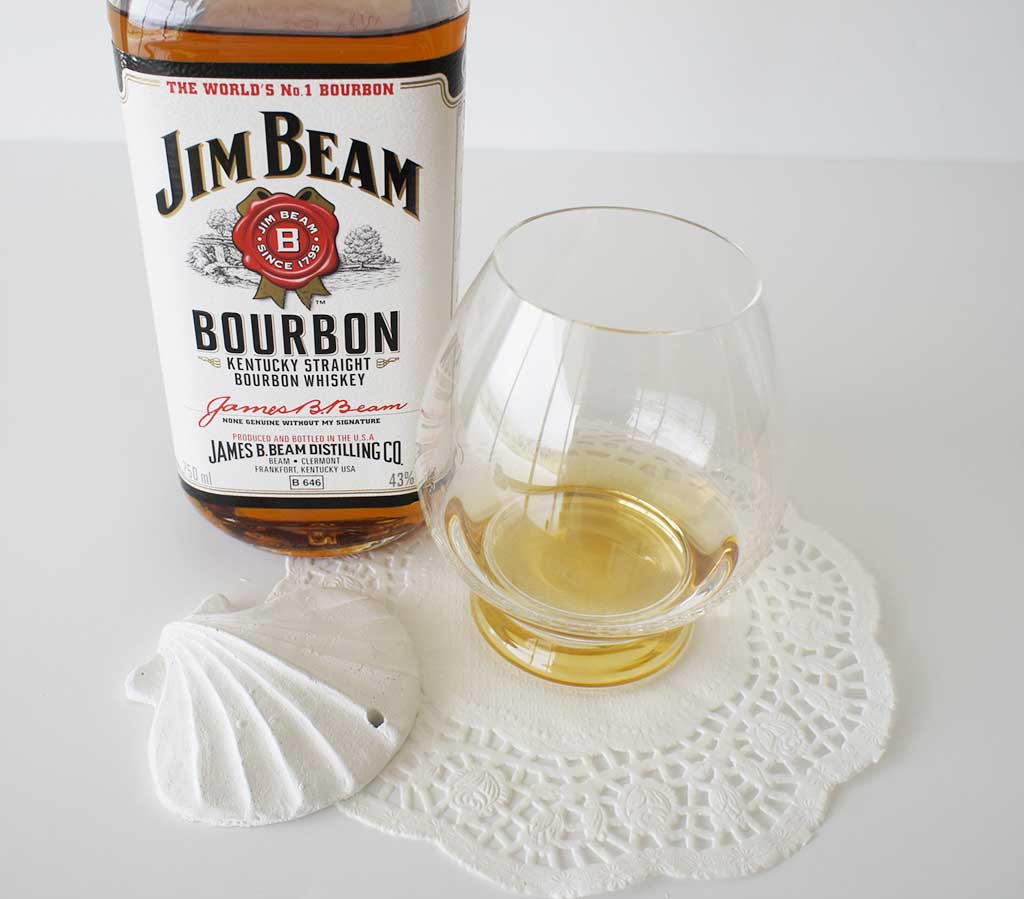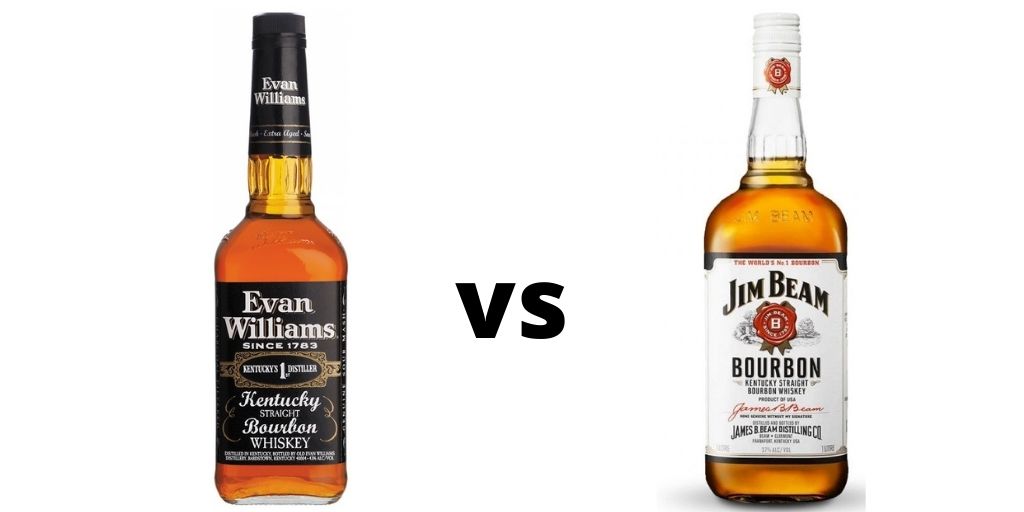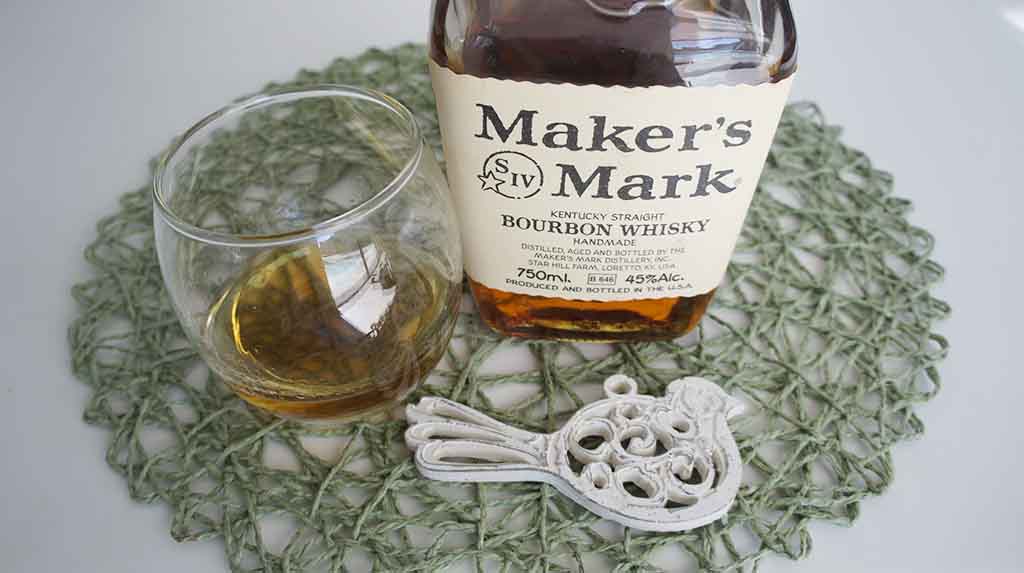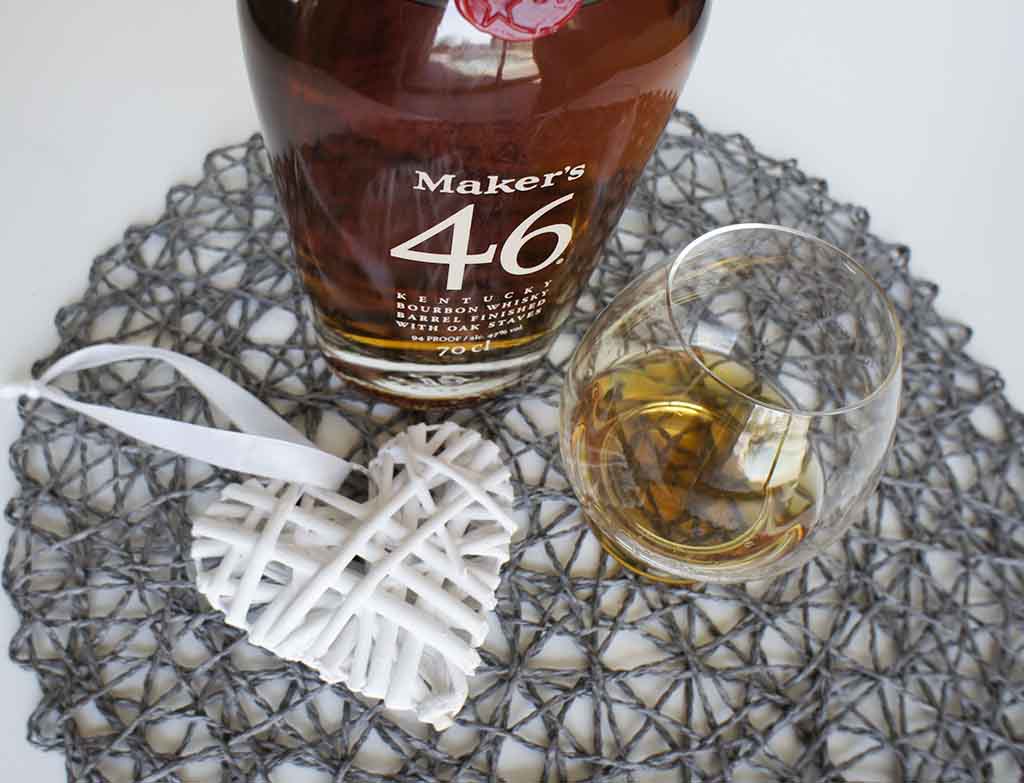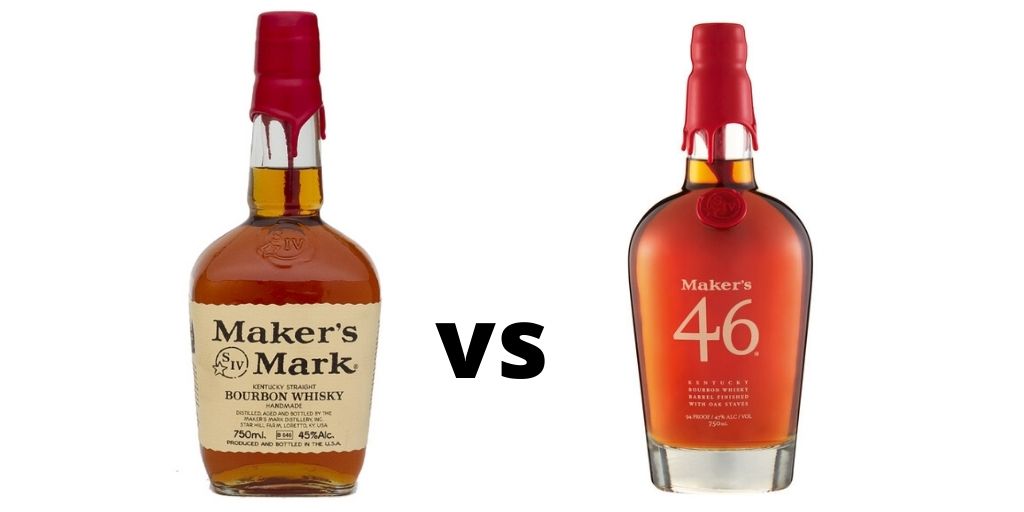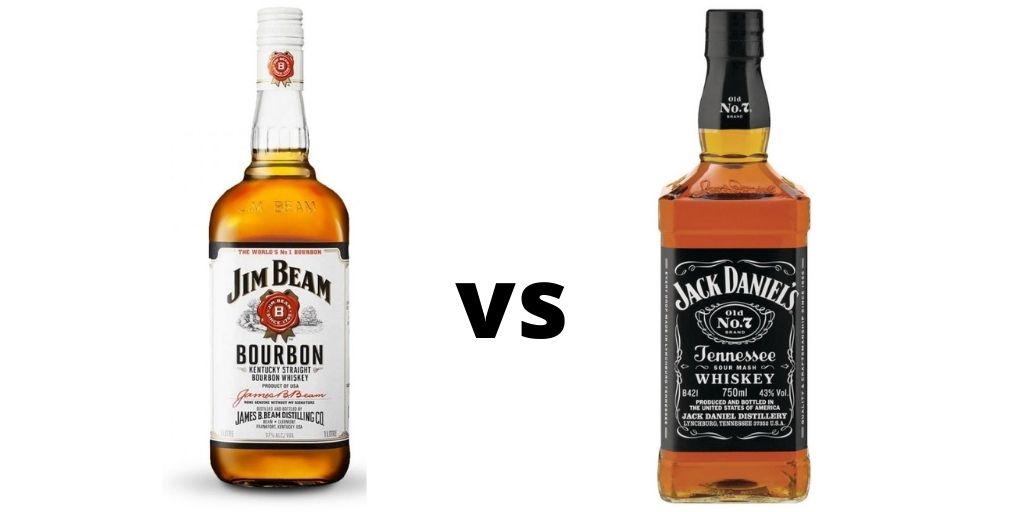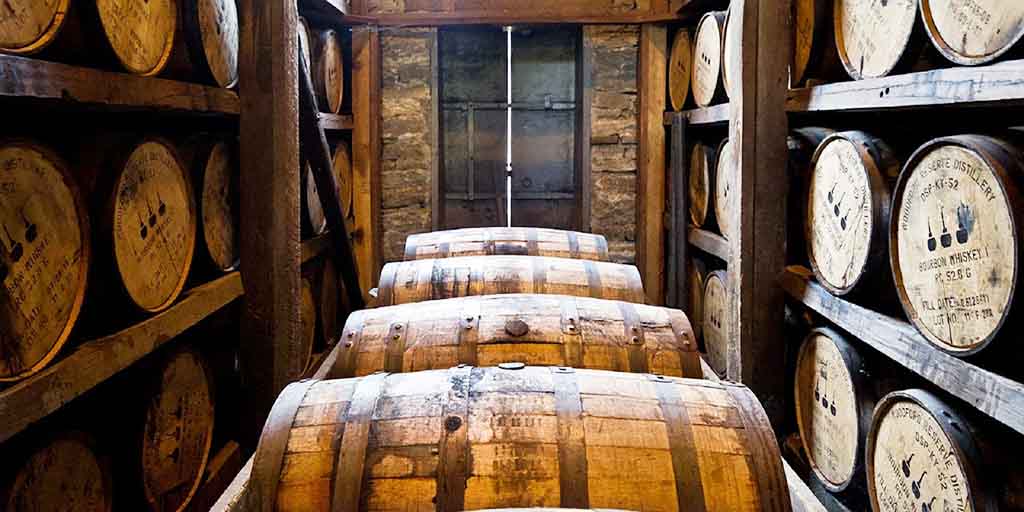
This is my last side-by-side comparison for 2021, and today I am looking at a comparison between the Buffalo Trace vs Bulleit bourbon. I have enjoyed doing these comparisons. I learned so much, and it highlighted the variety in taste within the bourbon category.
It showed me how something that is made in essentially the same way could have such different notes by changing the mash bill and the toast level of the casks.
After the available selection of bourbon dropped off during 2017 / 2018 in South Africa, the category has grown these past two years, and the variety available is growing again.
As much as I like a good peaty Islay Scotch or a Speyside sherry bomb, I have a soft spot for the sweeter bourbons. The combination of toasted oak, vanilla and red cherries fits my palate just right. It works well in cocktails and is relatable and accessible to a broad audience.
So for my last comparison this year, I look at the Buffalo Trace vs Bulleit bourbon. Both my bottles are nearly done, which is proof of how often we reach for these bourbons. Both brands have a distinct history of producing their whiskey varieties and the ingredients used in their creation.
Also Read: Woodford Reserve vs Bulleit Bourbon
Bulleit Bourbon Frontier Whiskey
A 150-year-old family recipe created by founder Tom Bulleit’s great-great-grandfather Augustus Bulleit inspired the creation of Bulleit Bourbon whiskey. The original recipe was for a rye whiskey made with 2/3 rye and 1/3 corn. It was produced between 1830 and 1860 in Louisville, Kentucky.
Tom always dreamt of recreating his ancestor’s recipe. In 1987, he opened the open Bulleit Distilling Company and created a small batch bourbon bearing the family name.
The mash bill has been adjusted to make sure it is a true bourbon. The mashbill is 68% corn, 28% rye, and 4% malted barley and it is aged for at least 6 years.
The bottle shape is modelled on old medicine bottles, with raised lettering and a skew label, as it might have looked in the 1860s.
Diageo now owns the Bulleit brand, and it is produced at the Kirin Brewing Company Four Roses distillery in Lawrenceburg, Kentucky. This bourbon is readily available in SA and retails for around R 400. In the USA it retails for around $42.
Buffalo Trace Bourbon Whiskey
Records show that some form of distilling took place on the site in Frankfort Kentucky in 1775 already. Harrison Blanton constructed the first official distillery in 1812.
It has historically been known by several names, including most notably, the George T. Stagg Distillery. It is currently owned by the Sazerac distilling company.
The distillery introduced the Buffalo Trace Kentucky Straight bourbon whiskey brand in August 1999. The whiskey was named in tribute to the mighty buffalo that carved paths through the wilderness in the trek to the Great Planes and the pioneers’ rugged, independent spirit.
Readily available in SA and retails at around R 330 and $50 in the USA. It is perfect for cocktails and pairs well with chocolate.
Buffalo Trace vs Bulleit Bourbon
| Buffalo Trace | Bulleit Bourbon | |
|---|---|---|
| Type | Bourbon whiskey | Bourbon whiskey |
| Mashbill | Not disclosed | 68% corn, 28% rye, and 4% malted barley |
| ABV | 45% | 45% |
| Colour | A reddish copper | Light amber |
| Nose | Fruity sweetness, rich and bold. There are hints of candied fruit, caramel, vanilla, brandy pudding and oak. Bits of spice float in the background. | Quite spicy. In the background, there is some sweetness reminiscent of sticky toffee pudding, nutmeg and vanilla. After standing for a while, some caramel comes through. |
| Palate | There are notes of fruit, orange marmalade, white pepper and oak. Bits of cinnamon with toasted oak. Water tones down the spice. | Loads of warming freshly ground spices. It's a rich, chewy mouthful. Toffee caramel and vanilla with a bit of wood and orange. Freshly baked sugar biscuits. With water, this bourbon becomes smoother and a bit sweeter. |
| Finish | Before adding water long and ended in notes of spicy sweetness. After adding water, the finish was quite flat. | Lovely. Very long and lingering. The finish is big and bold and has notes of mild spice and hints of oak. |
| My Rating | Very Good | Excellent |
| Comments | Without water it is bold and delicious. Drink it neat! | Unusual and unique. |
| Price point | $35 | $33 |
Why did I leave such a difficult comparison for last? These two bourbons could not be more different. We spent most of Saturday afternoon savouring a few glasses of these. As usual, we did a blind tasting for our Buffalo Trace vs Bulleit bourbon side by side comparison.
Most of the time, we can accurately guess which bourbon is which, but this time it stumped us. Perhaps it was just a long week, and our taste buds were tired, but we had to try a few times before we could make up our minds.
The Buffalo Trace is fruity with mild spice and a nice drinkable mouthfeel. It has a medium body and lovely toasted oak notes. Just don’t add water. It is perfectly drinkable without water.
The Bulleit is bolder and spicier with notes of nutmeg, cinnamon and freshly milled black pepper. Faint hints of orange and vanilla. The toasted oak notes are more subdued, but the Bulleit bourbon is bolder and richer than the Buffalo Trace.
John loved the Bulleit release the most, but after the second glass, I found the spices overwhelming. I preferred the Buffalo Trace and the more traditional bourbon notes for my sweeter palate.
Now both my bottles are finished, and I need to stock up again. Fortunately, that is not a problem as they are both readily available and not too expensive.
I have done a similar comparison between Buffalo Trace and Woodford Reserve.
Also Read: Jack Daniel’s Rye vs Old No 7 Whiskey

